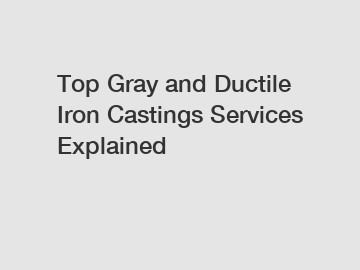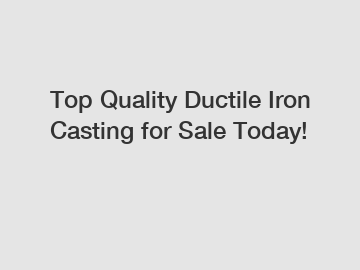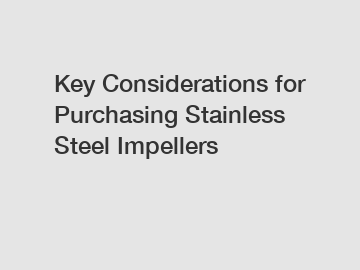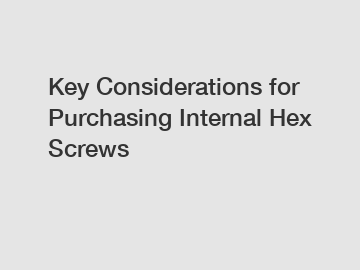Selection of hydraulic flow control valves
The selection of the control valve is based on the maximum pressure of the system and the actual flow rate through the valve, as well as the operation and installation of the valve, etc., and the problems that need to be paid attention to are:
1. The actual flow through the valve (not the flow rate according to the pump) is one of the main parameters of the valve, and it cannot be determined that it is too small. If the actual flow rate of the hydraulic flow control valve is determined to be small, it will lead to the selection of the specification (capacity) of the valve to be too small, so that the local pressure loss of the valve is too large, resulting in the consequences of excessive oil temperature, and in serious cases, the hydraulic system will not work normally.
2. The use pressure and flow rate of the control valve should not exceed its rated value. If the use pressure and flow food of the flow control valve exceed its rated value, it is easy to cause hydraulic clamping and hydraulic force, which will have a negative impact on the working quality of the control valve.
3. Avoid that the minimum stable flow rate of the throttle valve and the speed control valve does not meet the requirements. The minimum stable flow rate of the throttle valve and the speed control valve is related to whether the minimum working speed of the actuator can be achieved, so it cannot be ignored. In order to ensure the accuracy of the control valve on the flow rate (i.e., the speed of the actuator), a certain pressure difference needs to be ensured. For ordinary speed control valves, the pressure difference should not be less than 0.5MPa; High-precision speed control valve, its differential pressure is as high as 1MPa. In addition, when the ambient temperature changes greatly, a speed control valve with temperature compensation should be selected.
4. Don't ignore the flow jump phenomenon when the ordinary speed control valve starts. This flow jump phenomenon affects the smoothness of the speed of the actuator. To this end, additional measures should be taken accordingly.
5. Avoid installing the overflow throttle valve on the oil return road of the actuator. The pressure difference between the inlet and outlet of the throttle valve in the relief throttle valve is balanced with the spring force acting on the valve core of the relief valve, the spring is a weak spring, if the relief throttle valve is used on the oil return road of the actuator, its outlet must pass through the oil tank, that is, the spring cavity of the overflow throttle valve passes through the oil tank. At this time, if the load is reduced, the inlet pressure of the throttle valve will increase, and the pressure can easily overcome the spring force, so that the oil entering the overflow throttle valve will flow back to the oil tank mainly through the overflow valve port in the overflow throttle valve, and can no longer be controlled by the throttle valve.
6. Avoid the improper position of the speed regulating element in the throttling speed regulation circuit, which makes the oil temperature too high. As shown in the system of Figure 1a, after working for a period of time, the oil temperature rises too high, affects the normal operation of the system, and its reasons are: (1) when the hydraulic cylinder 3 is in the stop position, the system is not unloaded, and the pressure oil output by the pump all flows back to the oil tank through the valve 2 center and the valve 1, and the lost pressure can be converted into heat, so that the oil temperature rises; (2) when the hydraulic cylinder 3 returns, the valve 2 is on the right side, and the oil return also needs to pass through the valve 1 back to the oil tank, and its throttling loss makes the oil temperature rise, which shows that when designing the outlet throttle speed regulating circuit, the position of the throttle speed regulating element should be set, the system is changed to the form shown in Figure 1b, the speed regulating valve is placed between the oil outlet of the hydraulic cylinder and the electromagnetic reversing valve, and a check valve 4 is added, so that it is connected in parallel with the speed regulating valve, so that the oil inlet road directly enters the rod cavity of the hydraulic cylinder through the check valve when it is about to retreat, and the action stroke of the fast retreat is realized, and the oil temperature rise can be avoided from being too high.
Basic knowledge of proportional valves
Hydraulic control valve - principle and use of directional control valve
How to Quickly Repair a Bad Valve Seal?
Understanding the Sanitary IDF Union: Key Insights
4 Tips to Select the Perfect Yoga Studio
How Forklift Carton Clamps Revolutionize Warehouse Efficiency?
Key Questions to Ask When Choosing a Forklift Side Shift Attachment
7. Avoid that the actual flow through the synchronous valve is too small compared to its rated flow. When designing the synchronous valve (diverter valve), the parameters such as the rated flow rate and the relative diversion error are specified, and the relative diversion error is inversely proportional to the square of the population flow of the synchronous valve, and if the actual flow rate is small, the relative diversion error will be greatly increased.
8. Don't ignore the pressure impact caused by the instantaneous jump in the flow rate of the speed control valve. Fig. 2a shows the secondary feed circuit of the hydraulic system of a special machine tool, which realizes the first feed. Two workers advance and one retreats. Stopped action loops. When the rapid change from the first to the second advance, the hydraulic cylinder produces a large impact, which is caused by the jump of the flow rate when the pressure compensation mechanism of the speed control valve starts to work. A two-position three-way electromagnetic directional valve 1 is added to the circuit shown in Fig. 2b, and it is not difficult to see that the pressure oil always passes through the speed regulating valve when the speed is changed, and the occurrence of hydraulic shock is avoided.
9. Avoid the unreasonable structure of the flow valve resulting in the laborious adjustment of the handwheel. The flow valve is to make the valve core move in the valve body under the action of the adjusting handwheel and the return spring, so as to change the size of the throttle port and adjust the flow rate. If the structure of the flow valve is not reasonable, resulting in oil leakage, blocked throttle port or jammed valve core, the adjusting handwheel must overcome other resistance (including hydraulic force, friction, etc.), thus making the adjustment handwheel laborious.
10. Avoid the accumulation error can not be eliminated, resulting in the synchronous circuit of the diverter valve is not synchronized. Due to the manufacturing error of the cylinder bore, there is still an error in the stroke of the cylinder when the flow rate of each branch is the same, and the accumulated error of the long stroke cannot be eliminated, resulting in the synchronous circuit of the diverter valve being out of sync. By mechanically rigidly connecting multiple hydraulic cylinders, the hydraulic oil can be reasonably distributed through the diverter valve, and the synchronization can be achieved by automatic adjustment, which is mainly used in the occasion where the load is not too large.
11. Do not ignore the directionality (i.e., oil inlet and outlet port) of the one-way throttle valve when connecting the pipeline.
How Does a 4-Way Ball Valve Function?
How to Choose a 28mm Pump Gate Valve?
How Does Concrete Overhead Block Clamp for ODM Work?
How to Choose the Right Overhead Block Clamp for Concrete ODM?
Why Choose Three-Quarter-Inch Ball Valves Over Others?
Top 5 Benefits of 160mm Gate Valve Explained
Design and Construction of ABB Low Voltage Motors









